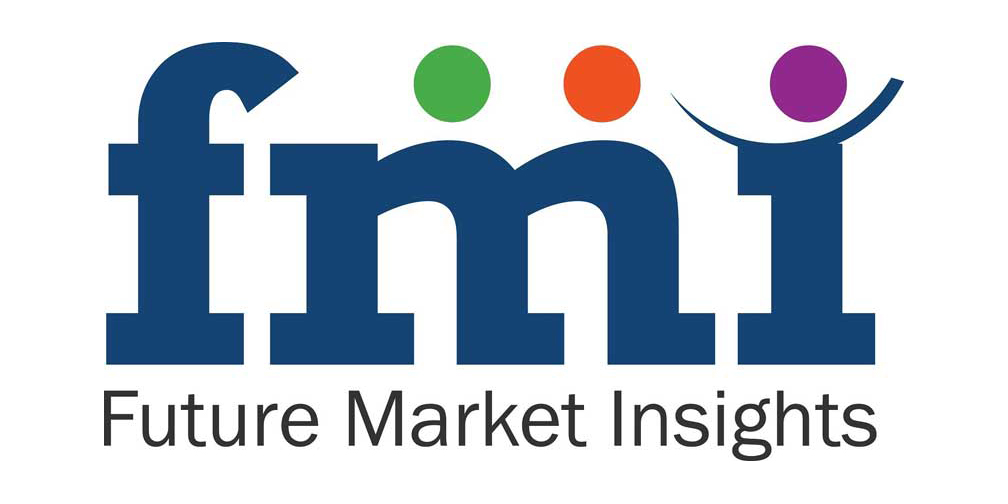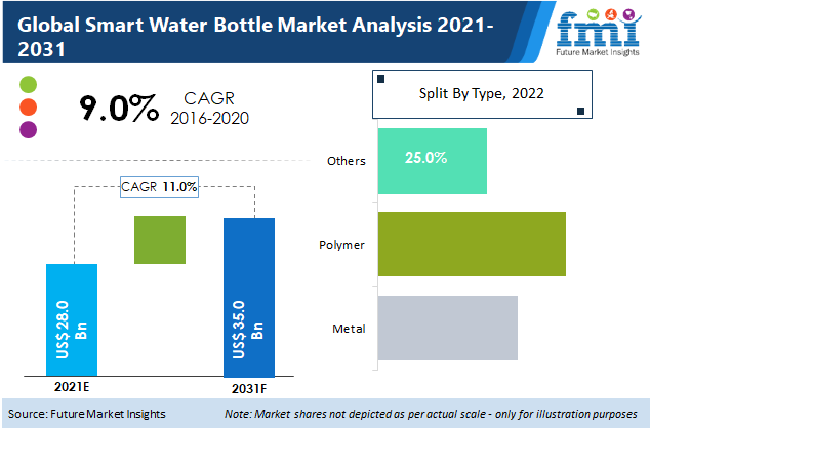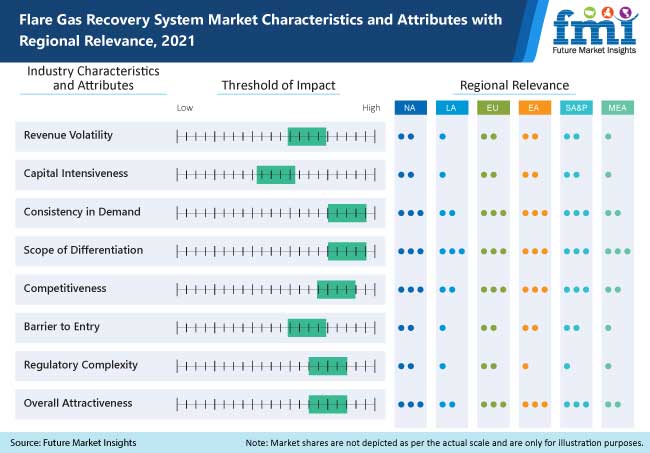Countries such as the UAE, Indonesia, Kingdom of Saudi Arabia, Turkey, India and Malaysia are considered dominant markets for halal cosmetics. Future Market Insights (FMI) in a new study has predicted the demand for halal cosmetics to rise considerably in the coming years. It is expected to reach US$ 474.7 Mn by the end of 2021. As a continuing trend, halal cosmetics manufacturers are investing in the segment towards the expansion existing product portfolio and regional footprint.
Muslim population has emerged as a prominent consumer base, characterised by untapped product segments of cosmetics and rising per capita spending. This has prompted consumer and personal care product manufacturers to capitalize on the emerging latent opportunity. Companies are optimistic with regards to purchasing power of members of this population. It is more than likely that over the span of the next four to five years, they will be focusing on developing innovative products and designing market level strategies capitalize on existing opportuniti8es.
Increasingly, awareness of the use of porcine-based ingredients in cosmetics is causing a shift towards Halal-certified products, also among the non-Muslim population. Additionally, the use of swine placenta in cosmetics, including wrinkle creams and facemask, is a factor of grave concern among certain section of consumers.
This change in consumer buying preference has encouraged the players in the market to stimulate innovation and expand the portfolio, tapping the unexposed segments of the industry and as a result escalating the demand over the forecast period.
FMI in its latest study has forecasted the market to rise at a CAGR of 11.6% between 2021 and 2031. In terms of product type, the skincare segment will account for a notable share. An increasing number of consumers are gaining awareness regarding the use of impure ingredients in the cosmetic industry. Since skin care is a huge part of daily routine, consumers, men and women alike, are shifting towards halal skin care products
- To Get a Sample Copy of the Report visit @ https://www.futuremarketinsights.com/reports/sample/rep-ap-521
Key Takeaways from the Halal Cosmetics Market Study
- Global halal cosmetics market is forecast to exhibit strong growth through forecast period. The market has been projected to register above 10% Y-o-Y growth in 2021
- The U.S. will lead the market in North America, accounting for above 82% of the share in 2021
- The U.K. will remain a strong market in Europe, exhibiting over 16% Y-o-Y growth in 2021
- Germany and France will emerge as lucrative markets for halal cosmetic sales in Europe
- Demand from Japan and South Korea will increase considerably over the forecast period
COVID-19 Pandemic Causing Significant DisruptionsThe current pandemic outbreak has posed numerous challenges on the part of supply side and demand side. The temporary regulation imposed by regional governments to restrict the movement has impacted supply chains drastically. Besides this, the specular shift from discretionary spending to essential goods has further negatively impacted the market growth. Another major change in consumer buying behaviour is witnessed in the form of a shift from store based retailing to online retailing facilitating a wider market reach. The budding companies in the industry have faced major logistical issues restraining the profit generation. However the market is currently entering into reviving phase across different regions, which is further an indicator that points out towards new opportunities for established as well as the newly mushrooming companies.
Who is winning?A few of the key players in the halal cosmetics market are Iba Cosmetics, Martha Tilaar Group, Clara International, Kao Corporation, Andalou Naturals, Ivy Beauty Corporation Sdn Bhd, Nature’s Dream, Prolab Cosmetics, Inglot Cosmetics, One Pure, and Talent Cosmetics, among others.
The players are aggressively investing to encourage and promote product development with an aim to gain a competitive advantage over other players operating in the market. Innovative product portfolio establishment and expansion of portfolio is the most adopted strategy by the leading players.
Request Complete TOC Of this Report @ https://www.futuremarketinsights.com/toc/rep-ap-521
Halal Cosmetics Market Key SegmentsBy Product Type
- Skin Care
- Creams & Lotions
- Face Cleanser
- Others
- Hair Care
- Shampoo
- Conditioner
- Hair Oil
- Others
- Makeup
- Facial Products
- Eye Products
- Lip Products
- Nail Products
- Body Care
- Soaps
- Shower Gels
- Lotions
- Others
- Fragrance
By End User
- Men
- Women
- Unisex
By Sales Channel
- Hypermarkets/Supermarkets
- Convenience Stores
- Specialty Stores
- Multi-brand Stores
- Online Retailing
- Other Sales Channel
By Region
- North America
- Latin America
- Europe
- East Asia
- South Asia
- Oceania
- Middle East and Africa (MEA)
Get Valuable Insights into Halal Cosmetics MarketFuture Market Insights, in its new offering, provides an unbiased analysis of the global halal cosmetics market, presenting historical demand data (2016-2031) and forecast statistics for the period from 2021-2031. The study divulges compelling insights on the halal cosmetics market based on the product type (skin care, hair care, makeup, body care and fragrance), end user (men, women and unisex), sales channel (hypermarkets/supermarkets, convenience stores, specialty stores, multi-brand stores, online retailing, and other sales channel), across seven major regions.


